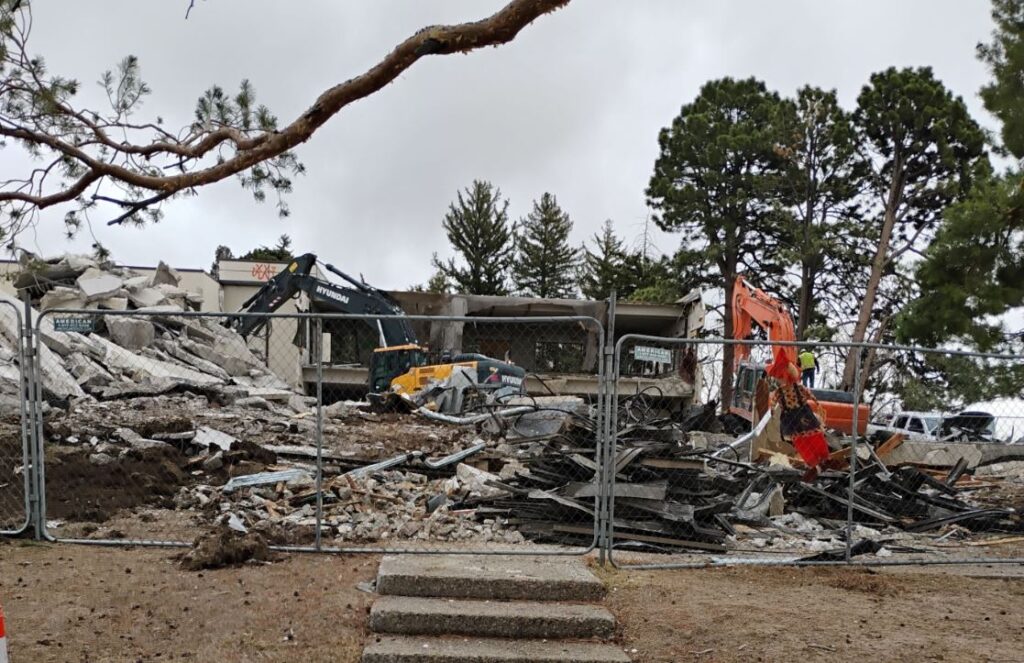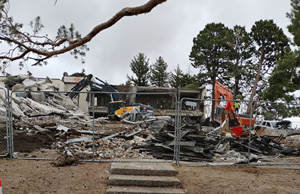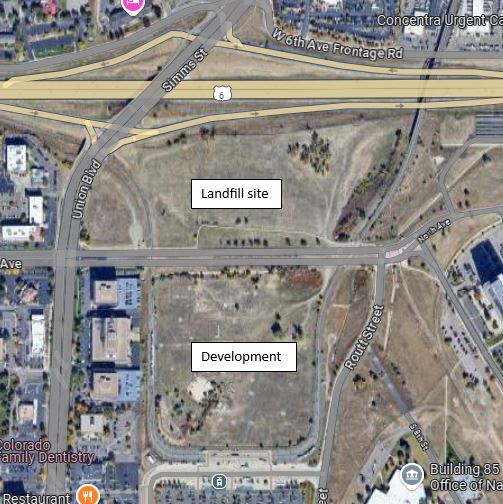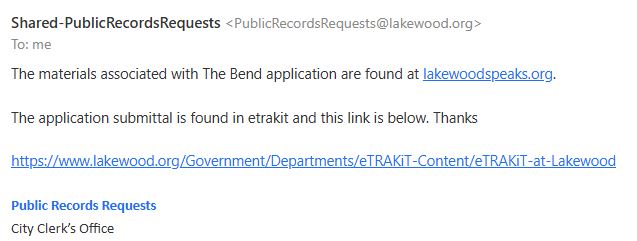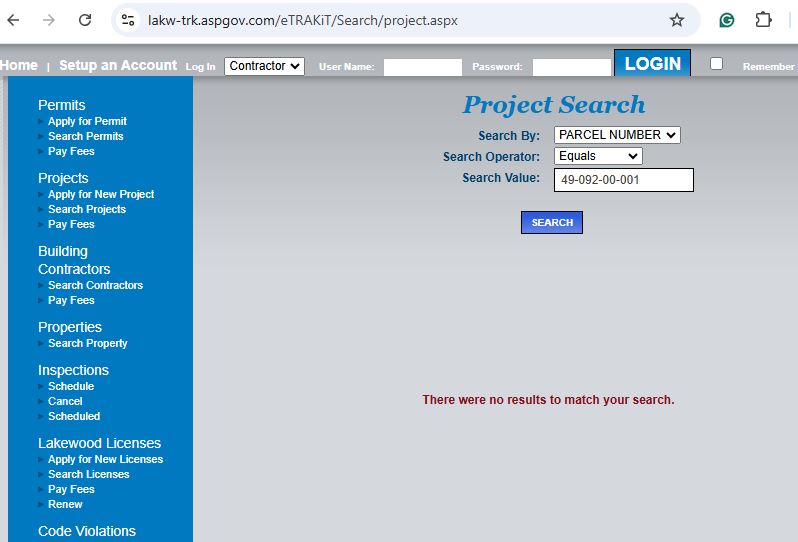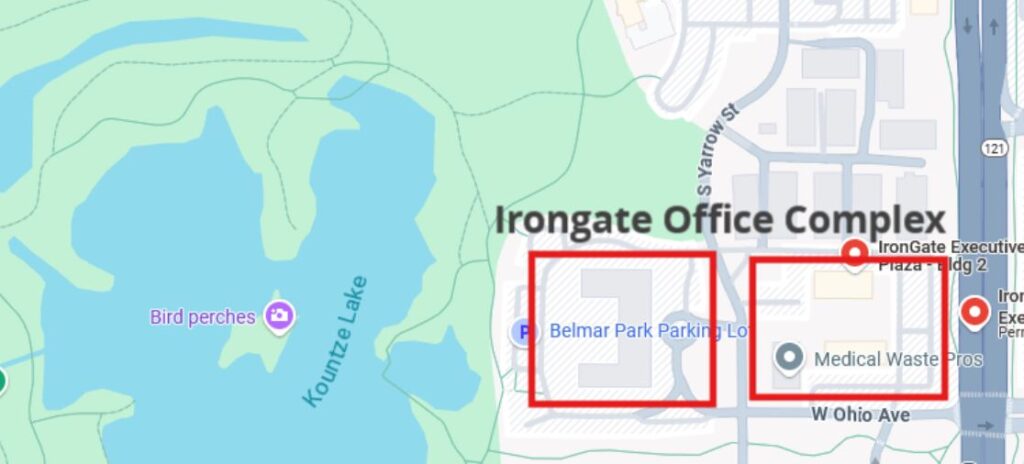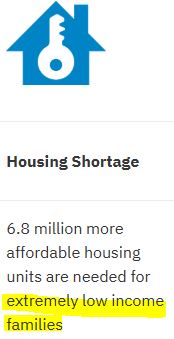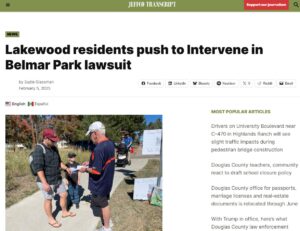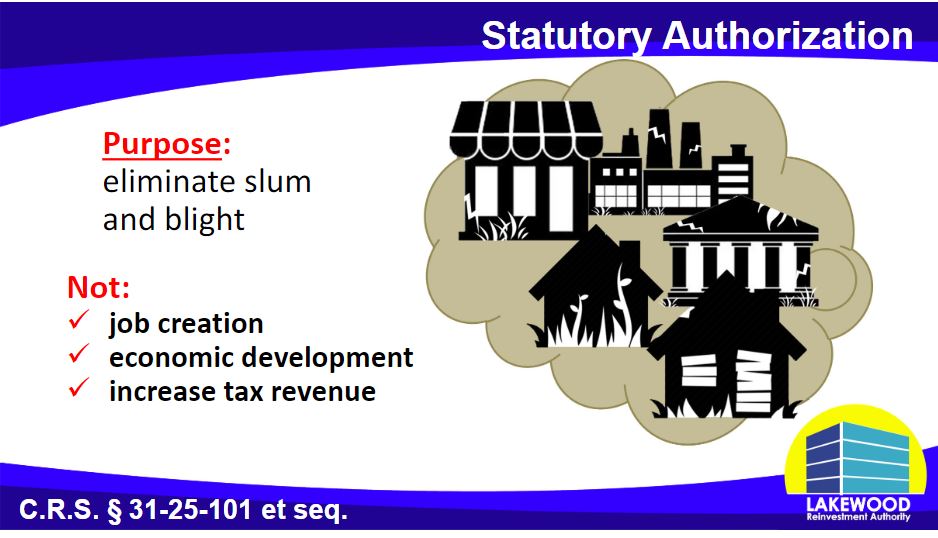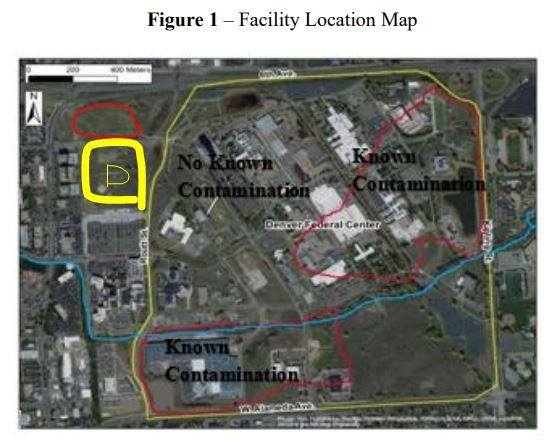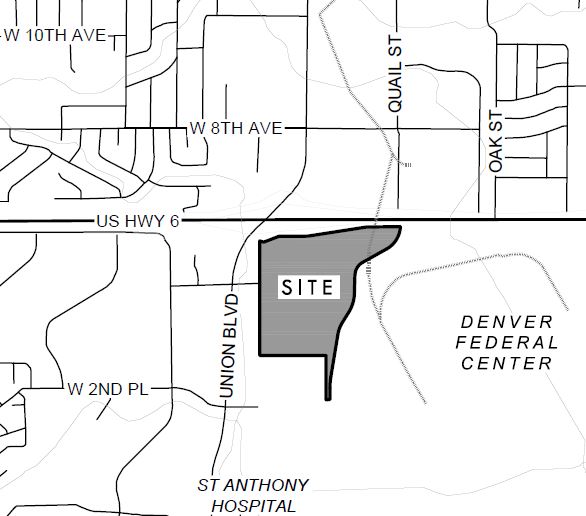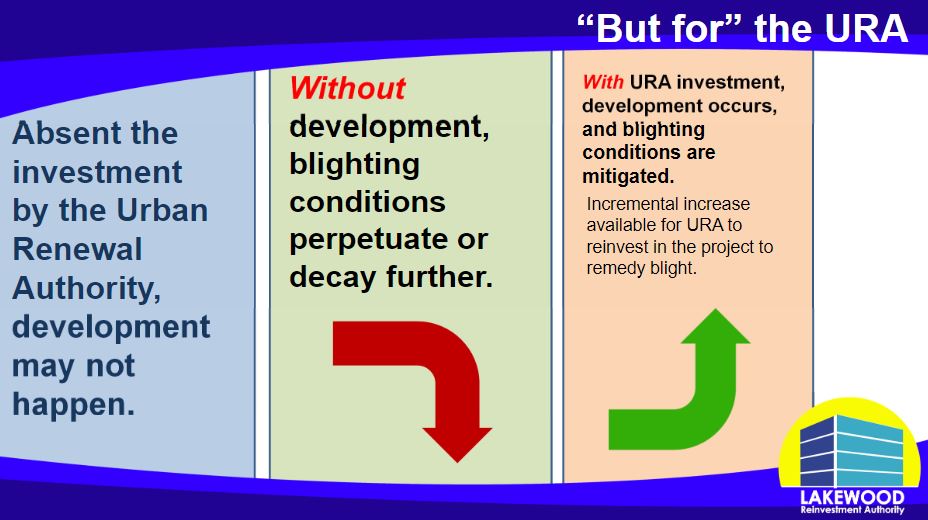From Save Open Space Lakewood
- Monday, 2/24, Lakewood council will decide whether to approve a revised land use ordinance reinstating a loophole that allows developers to pay a fee in lieu of land donation
- The fate of a gigantic, controversial apartment building planned at the edge of serene Belmar Park may be decided
- The meeting’s outcome doesn’t look favorable for parks, as Lakewood has a long history of prioritizing money over the environment
The saga over the future of the Belmar Park project could be nearing its final chapter depending on the outcome of the Lakewood City Council meeting Monday, February 24, at 7pm in Council Chambers. Council will vote on whether or not to repeal and replace the citizens’ initiated Save Open Space Lakewood (SOS Lakewood) Green Initiative with City Hall’s anti-environmental, no-transparency, developer-friendly ordinance.
Lakewood, like many communities, adopted an ordinance requiring developers of large residential projects to dedicate a portion of land to the City for parks and open space. Lakewood’s first version was in 1983. Then in 2018 the ordinance was updated to encourage more such donations. A separate provision also was adopted, requiring the code to be reviewed “by December 31, 2023.” That date came and went without the required review, despite the outcry from the community that no such dedications had occurred since 2013.
Between 2013 and 2023, City Council heard from multiple neighborhoods that opposed Lakewood’s relentless drive to become a concrete city. They expressed concerns over problem developments with little or no green space, all of which had paid a fee in lieu of property dedication.
Community members were appalled when they learned that Lakewood had secretly ushered through approval of a behemoth luxury apartment building adjacent to Belmar Park. For months, they approached Council asking for the development to be modified and for months their pleas were ignored.
As a result, the SOS Lakewood Green Initiative was launched in March, 2024. At the center of that initiative was the requirement that new developments could no longer donate a fee in lieu of parkland dedication.
As the petition gained momentum, in the final days of the Colorado State Legislature session, an 11th-hour amendment to HB 24-1313 was added to mandate a fee option, creating an obvious legal challenge to the petition.
The initiative garnered over 8,000 signatures, enough to qualify for a city-wide election. The issue was expected to go to ballot but the counting process was rushed. A Special Meeting was hastily called for Monday, November 4, the night before the presidential election, ensuring the initiative attracted little attention. At that meeting, instead of setting a ballot date, Council passed the ordinance with a disingenuous vote.
After passing the citizen initiative that night, Mayor Wendi Strom told the press…”the outcome will ultimately end up being decided in court.”
Why would the Mayor be so confident that the matter would end up in court? Apparently Council knew that if they voted, the proposal likely would be approved and then challenged in court. However, mailing a ballot to every voter would increase visibility and likely increase support for the petition. The City fears public opinion is so strong for parks and open space that even their own pro-development machine could not stop it.
But Council could, and did, prevent a city-wide vote.
On December 20 developer Kairoi Residential filed a lawsuit questioning the initiative’s effect on their proposed development adjacent to Belmar Park.
Kairoi’s case stands on “wobbly legs,” according to Colorado Municipal League (CML) Executive Director Kevin Bommer, who added, “Local control is local control, whether it comes from the governing body or whether it comes from the residents through the initiative process.” CML represents 271 Colorado communities.
To date the City has not taken any steps to support the ordinance. Kairoi’s motion for preliminary injunction went unopposed, leaving the judge with only one side to consider. Instead of using the court to decide the law, the City seems to be using it to do their political bidding.
Instead of accepting responsibility for the chaos they had created, City Hall launched a campaign of misinformation to scapegoat the initiative for problems that they labeled “unintended consequences.” The petition was falsely labeled “anti-growth,” yet it was the City’s withholding of building permits that caused numerous people to suffer needlessly.
The irony is that the majority of city councilors say they support sustainability and parks but their actions allow corporate greed to rule. Or perhaps it is making good on unspoken promises to campaign donors.
More than half of the money spent to elect Mayor Pro-Tem Jeslin Shahrezaei came from the National Association of Realtors and Metro Housing Coalition, organizations known for supporting Republicans and corporate Democrats. In addition to being heavily funded by these same groups with admitted racist histories, the Mayor was supported by One Main Street Colorado, recently described in The Denver Post as a “dark money” group.
A Denver Post editorial (2/16/25) proclaimed “Lakewood’s Messy Fight Can Be Solved.” But instead of finding a simple solution, as suggested by the Post, and instead of keeping their word to make amendments without changing the overall intent of the initiative, City Hall pulled a bait and switch, revealing a developer-friendly ordinance that incentivizes a fee in lieu in every case.
According to Cathy Kentner of SOS Lakewood, the ordinance under consideration for Monday night, “Places the decision whether or not to accept a fee in lieu behind closed doors without any oversight. It’s even worse than the previous version because one administrator, working only with the developer, can not only decide the fee in lieu but would be allowed to lower or eliminate the fee if the developer convinced them it was worthwhile. This is all with no public outreach and no oversight.”
She added, “City Council CAN and arguably SHOULD solve their manufactured crisis. But the current proposal does nothing to solve the underlying problem. For more than a dozen years, no land dedications have occurred. Irresponsible, unsustainable, unaffordable housing is being built without any oversight. Oversight is not a “barrier” to housing. It is a “guardrail” to big money corporations buying out of our land use requirements.”
